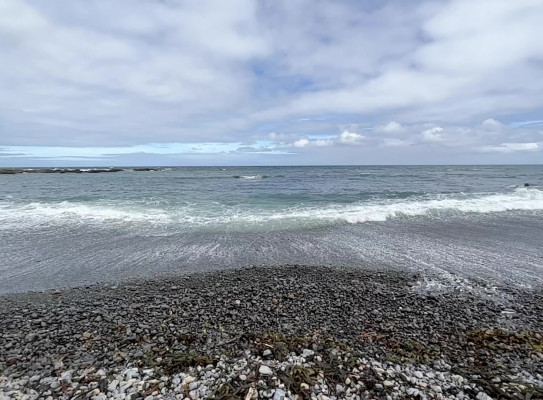
Agent models of tsunami evacuation behaviour

This project will be using modelling to simulate the movement of people during a tsunami evacuation event. These models will be used to make suggestions for improved evacuation strategies, the effectiveness of which will be tested on a community level.
Overview
This is an Endeavour Smart Ideas project led by GNS Science in partnership with Civil Defence and coastal communities who stand to be impacted by tsunami.
The project aims to
- simulate the decisions and movements of individual people during a tsunami evacuation
- identify communities that have specific problems, such as “bottlenecks” and being far from high ground
- propose solutions, such as widening tracks signing alternative routes or building tsunami evacuation towers
To achieve these objectives, we will
- use modelling to identify barriers to quick and safe evacuations
- incorporate how people might behave if they encounter obstacles while evacuating
- use virtual reality to assess effectiveness of evacuation plans
The project
Evacuations – modelling movement
New Zealand is among the nations at greatest risk from natural disasters. More than 430,000 New Zealanders live in tsunami evacuation zones, and many more work or play there. Comparisons of the impacts of recent, large tsunamis overseas have demonstrated that well-executed tsunami evacuations can prevent many casualties.
Our project focusses on our collective ability to swiftly and safely follow the ‘Long or strong – get gone’ advice. We will simulate the decisions and movements of individual people during a tsunami evacuation.
New Zealand's Tsunami Hazard – Understanding the tsunami threat and what to do about it in New Zealand. transcript
New Zealand's Tsunami Hazard
Understanding the tsunami threat and what to do about it in New Zealand.
The variables at play
A number of variables determine the outcome on an evacuation. These include:
- Vehicle type: Are people on foot or are they evacuating using cars or bicycles?
- Obstacles: If the tsunami has been caused by a local earthquake, are obstacles such as landslides and liquefaction blocking people’s paths as they are trying to reach safety?
- Terrain: How close is a given community from higher ground?
Identifying evacuation issues
Modelling the predicted movement of people during an evacuation will identify likely issues, such as insufficient suitable escape routes, so that additional infrastructure can be installed. Solutions may include widening tracks, signing alternative routes or building tsunami evacuation towers for communities who are far from higher ground.
The effectiveness of these solutions can be tested using simulations. We will produce high quality animations that will enable people to experience what a large-scale evacuation would be like. This will involve developing Virtual Reality scenarios in which people can ‘virtually’ participate in evacuations. Such scenarios will assess the usefulness proposed solutions and aid in making better decisions.
Our work will involve citizen science with local communities in tsunami evacuation areas. This will help to identify problems and solutions that are relevant for the diversity of people within a local environment. It is also an important step in educating communities on their specific risks.

Research programme details
Collaborators: University of Canterbury, Massey University, East Coast LAB, Royal Melbourne Institute of Technology
Duration
2021 – 2024
Funding platform
Endeavour, Smart Ideas
Status
Current/future
Programme leader
William Power, GNS Science
Funder
Ministry of Business, Innovation and Employment (MBIE)